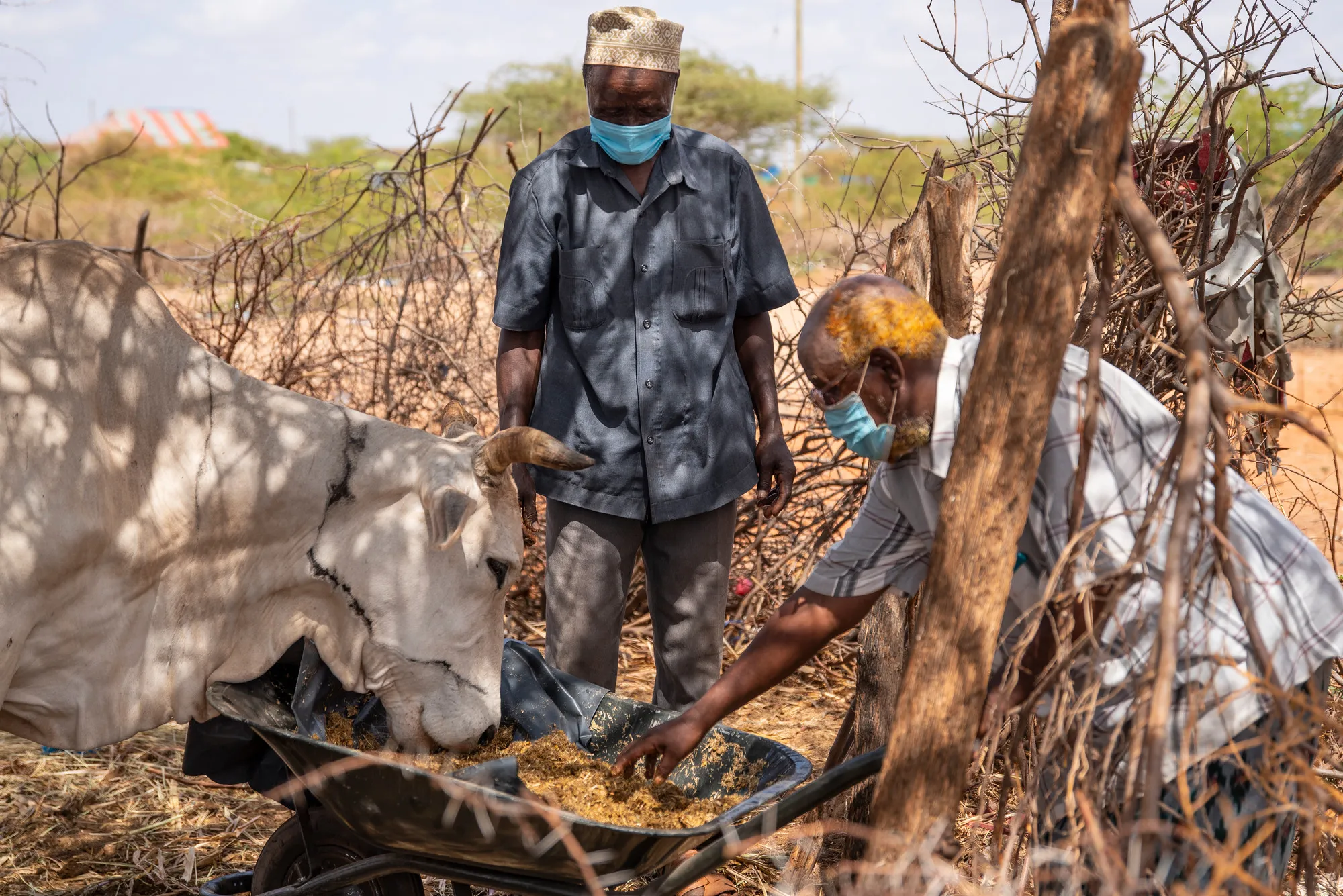Mandera County is an arid region in northeast Kenya bordering Ethiopia and Somalia where residents regularly battle the effects of drought, overgrazing, and COVID-19, as well as a ubiquitous invasive plant species.
Because these and other challenges make pastoral and agricultural livelihoods difficult, a regional partnership between CARE, World Vision, and the Danish Refugee Council has helped people find solutions. Funded by the European Union Trust Fund for Africa, the Building Opportunities for Resilience in the Horn of Africa (BORESHA) project seeks to strengthen markets and trade, develop business skills, and improve natural resource management.
Some of those solutions include solar-powered wells and water pumps, controlled grazing, informational radio broadcasts, hygiene supplies, and even beekeeping.
‘Mathenge’ – plant goes from annoyance to asset
Prosopis Juliflora, called “Mathenge” by locals, was imported from South America in the 1970s with the best of intentions. It was hoped that the plant would aid honey production, provide shade, serve as a windbreaker, provide firewood, and building supplies. Instead, the thorny shrub – which requires little water – has taken over, bringing about unintended consequences.
The thorns prick the hooves of cows and donkeys, and when the plant’s green pods are eaten raw, it can be fatal for livestock. It has also consumed farmlands.
View this post on Instagram
Many have experienced Mathenge’s damage first-hand, having lost farm animals to the plant. In this arid region, where 72 percent of people survive on breeding livestock, any cattle loss has a major impact on families.
Mathenge can’t be easily gotten rid of, either, so CARE and its partners set about finding ways to use it, turning it into both cooking fuel and animal feed.
“From the Prosopis shrub, we would collect the pods, dry and grind them together with grass on the grinder, mix the mixture with water and then proceed to make feed which can be stored and given to the animals,” Mohamed Sheihk Hosman tells us. “Since the Mathenge shrub survives even during drought, this ensures that weak, frail, and milk-producing cattle do not have to travel long distances to graze.”








